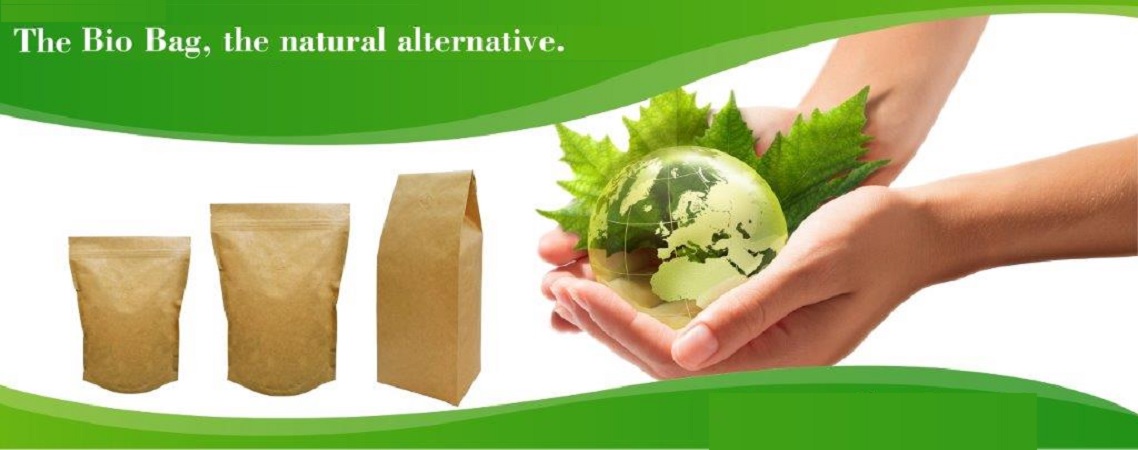
What is the best use of Biodegradable Bags?
We all know that packaging waste is a major issue. Here we are discussing “biodegradable bags” is the most feasible solution.
Today there are fundamentally three choices for consumer-packaged goods companies: non-recyclable, recyclable and biodegradable (reusable packaging, e.g. a glass milk bottle is a fourth option that is quickly disappearing.) This question is incredibly important, as we as a society try to find a balance between consumerism, capitalism and environmentalism.
There are so many companies in Australia they are using biodegradable bags for their packaging purpose. And using them is the best choice for the environment because they are recyclable and eco-friendly bags which can easily degrade after a certain time frame.
Non-recyclable has very limited choices outside a landfill or incinerator. Many local councils are upcycling – offering solutions for non-recyclable waste streams through our free national collection programs, Tip Shops! These are a drop in the ocean when compared to the many billions of used packages discarded every year.
Recycling works for many papers, plastics and metals. While an amazing solution, the catch with recycling is that only the polymer of the waste stream is viewed as valuable (the shape is viewed as waste). In the end, with an investment of energy (less than what it takes to extract and make virgin materials), the valuable raw materials of the package can be rescued and reused.
Biodegradable packaging is the latest step in sustainable packaging design. Many folks within the consumer products industry are looking at biodegradable packaging as the ultimate solution to the packaging waste problem.
Typically based on PLA (polylactic acid), biodegradable packaging is a set of polymers that are derived from renewable raw materials like starch (e.g. corn, potato, tapioca etc.), cellulose, soy protein, that are not hazardous in production and decompose back into carbon dioxide, water, biomass etc. when discarded properly.
The challenges with this solution are as follows:
#1 PLA is based on bio plastics (just like bio diesel). and according to estimates, there isn’t enough land in the world to grow enough corn and other suitable crops to make enough PLA to substitute out traditional plastic consumption.
#2 What do you do with the biodegradable package once you’re done with it? You can put it into the green waste bin for composting or into your personal compost pile. If you don’t live in a city with a green waste collection program or you don’t have your own composting pile, you’re out of luck since very little biodegrades in a traditional landfill due to lack of oxygen flow.
#3 Biodegradable and compostable plastics currently cost drastically more than traditional plastics (hopefully this can change over time). This price difference deters many companies who are still focused on the traditional bottom line.
